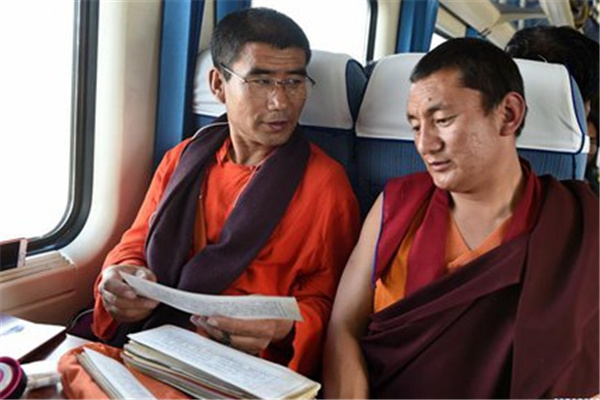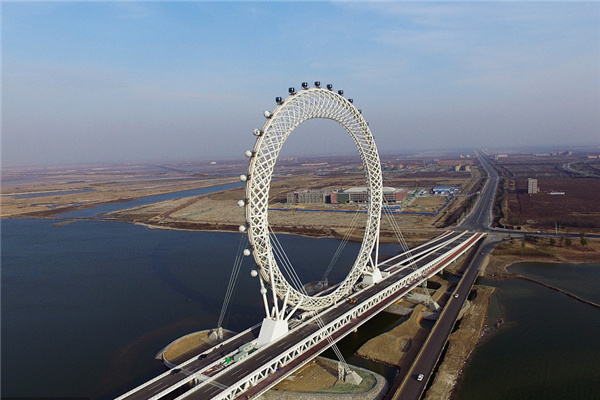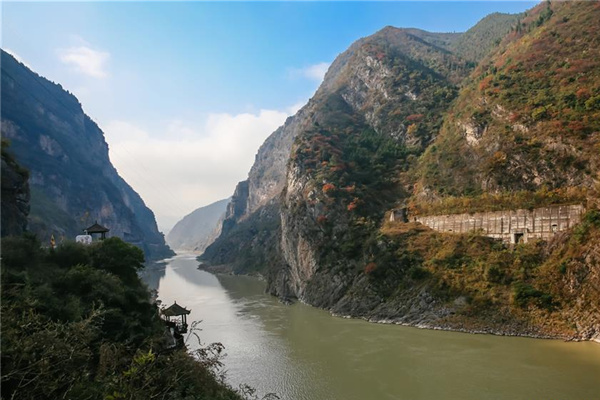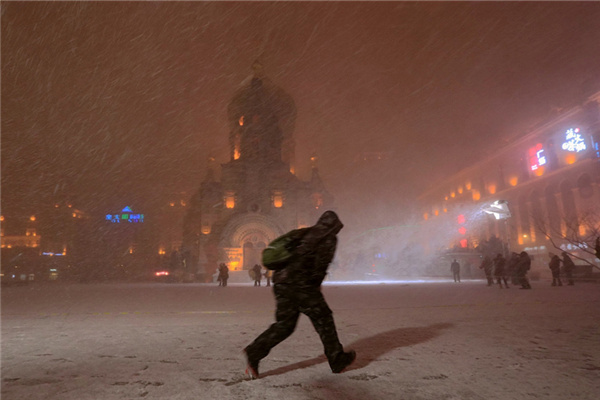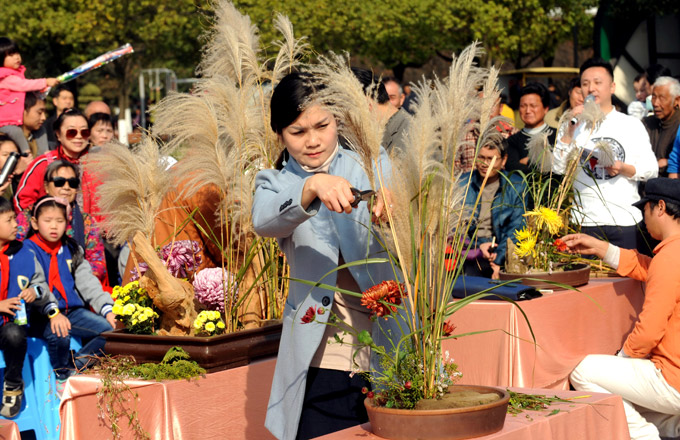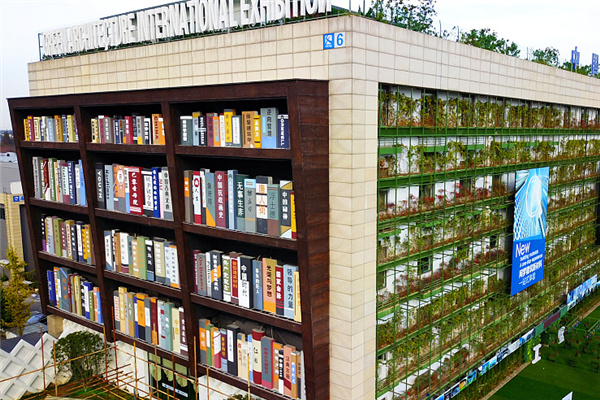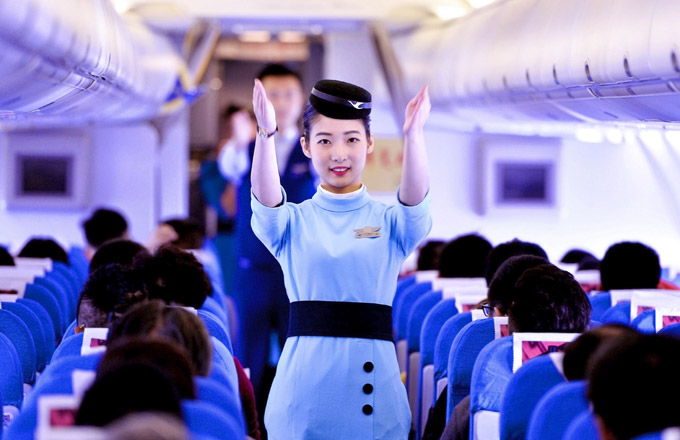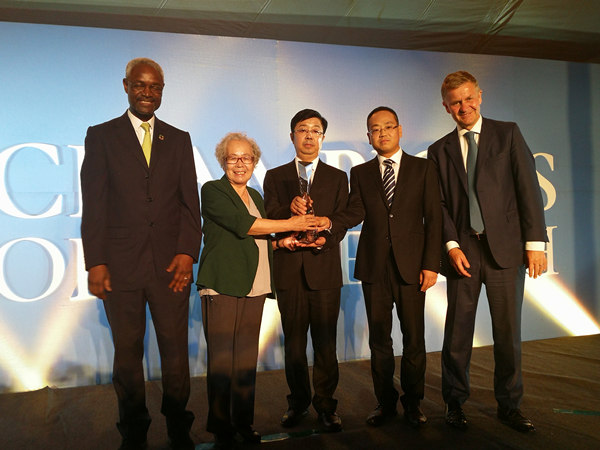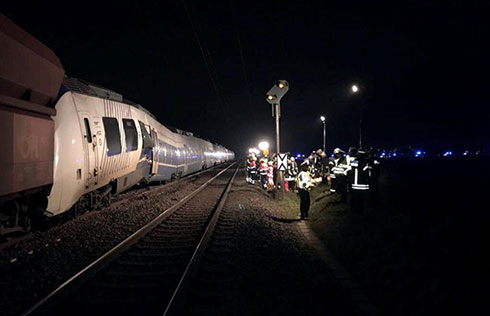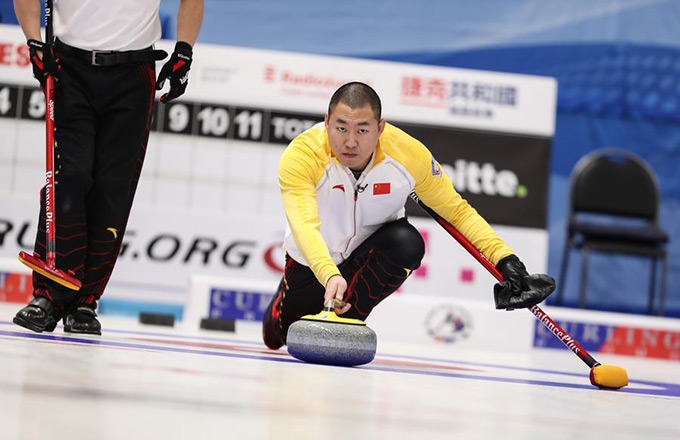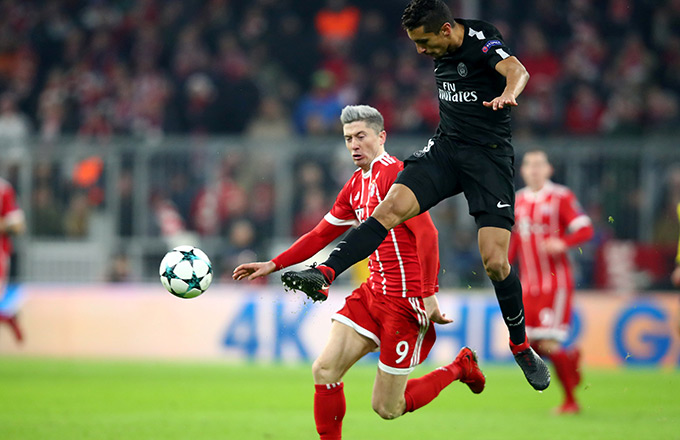

When Cui Jie talks to people from outside China, he resorts to all kinds of comparisons to boost the image of his city, Changchun.
"You know Detroit, don't you? Changchun is China's Detroit. As an added bonus, Changchun is also China's Hollywood," claims Cui, mayor of Changchun.
|
Changchun Film Studio |
It's admittedly an exaggeration, but Cui has a point: Changchun was the first city in China to have a manufacturing base for automobiles; and it was also the first city in New China to have a film studio. As a matter of fact, Changchun holds so many records in the country's early stage of industrialization that the past glory has often been turned into a psychological burden.
But not anymore. The capital of northeastern China's Jilin province is back in form after decades of growing pains of economic readjustment, according to Cui. Changchun now has a capacity to churn out 1 million vehicles a year; last year it produced 820,000, about one-tenth of the nation's total, and for that it plowed in a total revenue of 201.8 billion yuan last year. The figure accounted for 71 percent of the city's total value of industrial output.
"China's FAW, Germany's VW, Japan's Toyota and Mazda all have facilities here," says Cui. "When they expand, they don't need to worry about the lack of talent. We have plenty of engineers and technicians for every job category in this industry. That's why we're aiming to double our capacity in the next five years, to 2 million."
Besides automotive vehicles, Changchun also manufactures about half of the train cars that currently run in China. It is also very competitive in the subway and light rail cars sector. "We have our hands full with orders for the next two or three years, and we've expanded our market overseas as well," says Cui. "You can call Changchun 'a city on wheels'. With the whole country in rapid growth, I'm full of confidence about this industry and our city's role in it."
Renewal with policy support
This confidence comes from a "reawakening program" after years of agony when the city, and the whole northeast in general, languished in a restructuring-induced malaise.
"But in the past few years our State-owned enterprises (SOEs) had a historic breakthrough. We reformed a total of 650 SOEs and streamlined the status of some 200,000 workers, freeing 30 billion yuan's worth of assets," says Cui. "Now we have a bright new mechanism of running our businesses. Changchun is one of the bright spots in the northeast."
Cui credits the Central Government for initiating the policy that rejuvenated the area.
"Since the 16th CPC Congress, the government has given us enormous support in terms of preferential policies, which helped us deal with the 'baggage of history', so to speak, and enabled us to set up a social security system, upgrade our manufacturing facilities and attract outside capital. A string of incentives had their pilot programs in our city, such as the abolition of agricultural tax and the change of value added tax from the producer to the consumer," Cui explains.
"There are 20-some mentions of Changchun in one strategic plan made in late 2006," Cui adds.
Cui highlighted 2007 as a special year when the city's economy grew at 17.7 percent, financial revenues at 35 percent, industrial output at 33 percent and fixed-asset investment at 42 percent, vaulting from one that lagged behind among cities of a similar size. "In the past five years, we made a combined investment of 350 billion yuan in fixed assets, which will drive the economy in the future. That's why I emphasize that the best is yet to come," Cui says.
Within China's northeast region, the four major cities - Dalian, Shenyang, Changchun and Harbin, from south to north - add up to 46 percent of the region's economy. "Reviving the northeast means reviving these four cities, first of all. We have things in common: we were manufacturing hubs from the planned economy era, but we have our differences: Harbin is heavy on railway power, Changchun on automotive vehicles, Shenyang on equipment, and Dalian has a port industry. We compete, but we cooperate more," he elaborates.
Cui does not forget the farming sector. Changchun, with 1.35 million hectares of rich land, is the country's "granary", yielding eight billion kilograms of crops and 1.5 million tons of livestock.
Public welfare
As mayor, Cui has to make sure that not only is the city on the right track in terms of economic positioning, but also that its residents enjoy the benefits of all the progress.
"Why do we grow our economy? Why do we build our city? It's all for the people of Changchun who can live better lives. Public livelihood is where our work should start and end," he says.
|
Cui Jie |
In 2007, Changchun launched its first "livelihood program", which encompasses 94 sub-programs. One of these concerns "dark corridors" in residential buildings: Many buildings in the city are from the old era and had no lighting in public spaces such as corridors. It was a safety hazard and a hiding place for thieves.
In just 40 days before the Lunar New Year, the city installed 160,000 sound-activated and energy-saving hallway lamps that benefited one million residents.
A more daunting problem is affordable health care for the city's less affluent. Last year Changchun added 1.56 million rural residents and 1.1 million urbanites in its expanded medical coverage, which now covers 86 percent of rural and 72 percent of the urban population. For standard coverage, a farmer needs to pay only 10 yuan a year in premiums and a city dweller only 200 yuan. For the poorest 50,000 people, even this premium is waived, elaborates Cui.
"All 94 programs have been implemented as promised," he adds.
Cui is a Jilin native and has been working in Changchun most of his life. As mayor he is a tireless salesman for the city wherever he travels; as an ordinary citizen he is passionate about his hometown.
"I want my hometown to have economic prosperity, social harmony, beautiful appearance and innate tolerance. I want you to go visit it and you'll love it."
It is apparent that you cannot separate the mayor from the man.
(China Daily 03/17/2008 page10)

